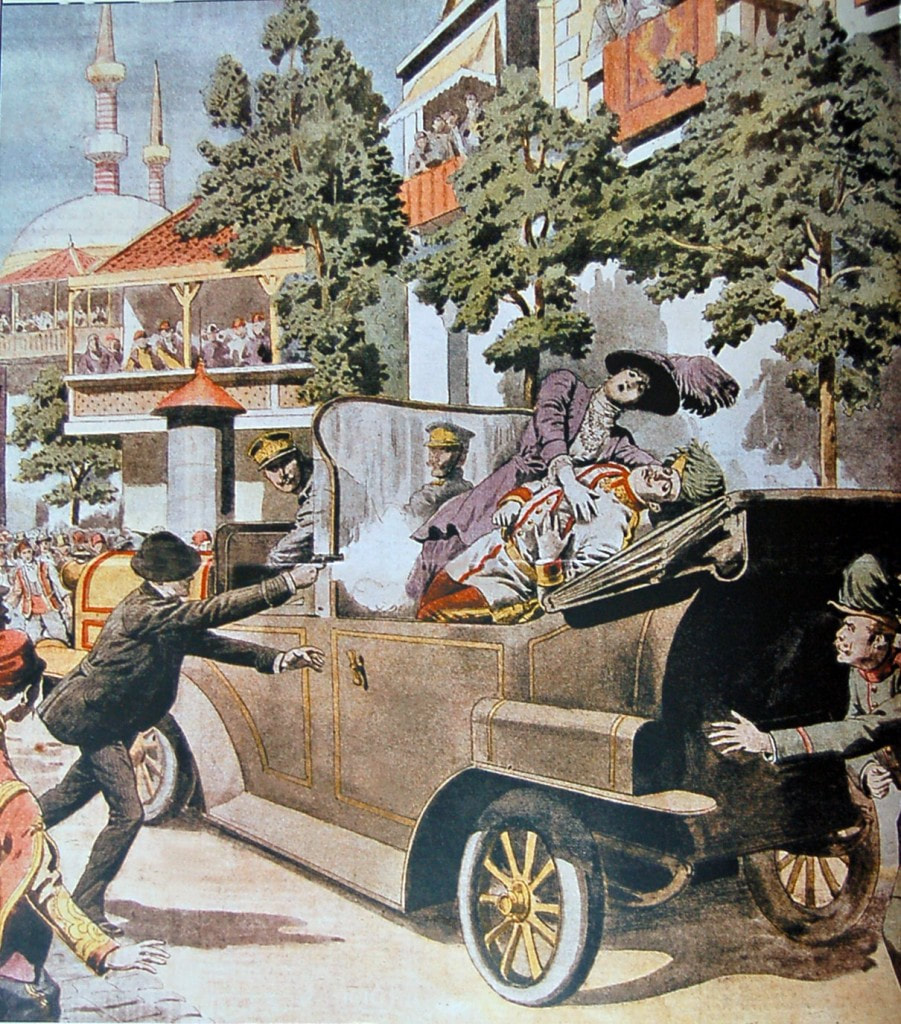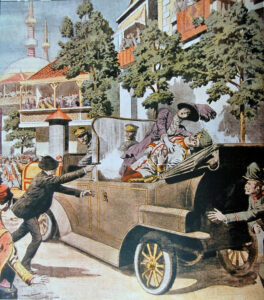
In 1914, Archduke Franz Ferdinand of Austria, heir to the Austro-Hungarian Empire, was assassinated by Gavrilo Princip, a Serbian nationalist.
Gavrilo and other nationalists were fighting to end the Austro-Hungarian rule over Bosnia and Herzegovina. However, this assassination triggered a spark in a society where tension had been rising for a while.
The Austria-Hungary government receiving assurance from German leader Kaiser Wilhelm II, sent an ultimatum to Serbia with such harsh terms as to make it impossible to accept.
The Serbian government, convinced that the Austria-Hungary government was set to war, mobilised their Army and went to Russia for assistance. By July 28, 1914, Austria-Hungary had declared war on Serbia and the unity between Europe’s great powers ended.
In less than a week, Russia, Belgium, France, Great Britain and Serbia had lined up against Austria-Hungary and Germany, and World War I started.
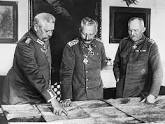
The Germans adopted the Schlieffen Plan, named after its mastermind, German Field Marshal Alfred von Schlieffen. This aggressive military tactic involved Germany fighting World War I on two fronts.
German troops entered Belgium on August 4; by August 15, they had captured the city, leaving death and destruction as proof of their victory. They went to France next and killed so many civilians, including a priest.
The French and British forces from September 6-9 confronted the German Army, checked their advance and succeeded in counterattacking and driving the Germans back. This defeat led both sides to begin the construction of trenches. This war lasted three more years, with significant losses on both sides.
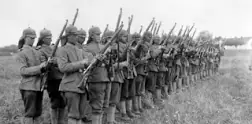
From 1914 to 1916, Russia’s Army mounted several offensives on World War I’s Eastern Front but could not break through German lines. The defeat they faced, economic instability, food scarcity and other things made the Russians revolt in 1917, end czarist rule and halt Russian participation in World War I.
The effects of the war became difficult for Germans, and they declared it a total war. The people of Germany, including civilians, were being recruited to join the Army. The number of Germans who eventually served in the German Army kept increasing as the war progressed.
The German Navy began its U-boat Campaign from 1914 until 1918. This essentially was an attack against the merchant shipping routes of the Allied nations, limiting the supplies and raw materials by sinking merchant ships. This eventually led America to join in the war due to the German Navy sinking her ship.
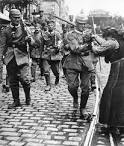
As a result of the ‘total war’ nature of the war, the German citizens had to ration resources for the soldiers on the front lines. A significant effect of the war was that it saw a major increase in women entering the workforce and led to the German Revolution of 1918.
It led to an end of the German monarchy, and in the end, it was estimated that approximately 1.8 million Germans died as a result of military action during the war.

